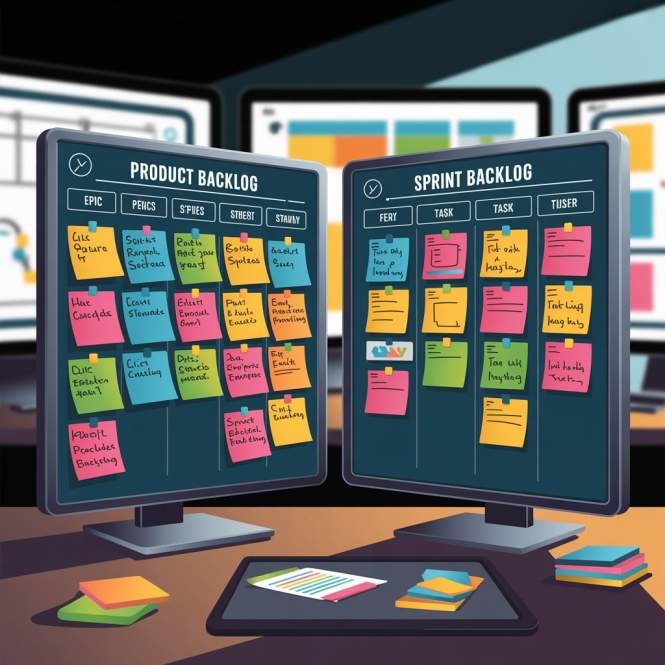

Get best deals on top courses

One of the biggest challenges Agile teams face is estimating how much work can be done in a Sprint. That's where Story Points come in. Rather than relying on hours, which can be inaccurate and vary person-to-person, Agile teams use Story Points to estimate effort and complexity. In this blog, we’ll explore what Story Points are, how to estimate them, and how to use them effectively in your Agile or Scrum team. If you're preparing for interviews, this is a topic interviewers love to test. Learn this and more in ourScrum Master Interview Bootcamp. Story Points are a unit of measure used to estimate the overall effort required to fully implement a product backlog item. They are: Relative (not absolute) Based on complexity, risk, and effort Measured using abstract scales (e.g., Fibonacci sequence) Note: Story Points are not about how long a task takes, but how hard it is. Hours differ per person – What takes one developer 2 hours may take another 5 Promotes team-level estimation rather than individual commitment Improves predictability over time using velocity Encourages thinking about effort and risk, not just time Most Agile teams use the Fibonacci sequence for estimation: Fibonacci: 1, 2, 3, 5, 8, 13, 21... Why Fibonacci? Because uncertainty grows with size, and this scale reflects that. You can also use: T-shirt sizes (S, M, L, XL) Powers of 2 (1, 2, 4, 8, 16) Ensure the entire team understands the task. Read the user story and ask: What is the goal? What steps are involved? Are there any dependencies? Talk through possible risks, technical unknowns, testing needs, etc. Each team member selects a card (e.g., 1–13). Everyone reveals at the same time. Discuss outliers and repeat until consensus. Once the team agrees, assign the story points to the user story. ✅ Always estimate as a team Let’s say you’re estimating a login feature. Login Page – 2 points: Create form Connect to backend Basic validation Forgot Password – 5 points: Create form Token-based reset email Security handling Expiry time handling UI for reset The second one has more moving parts, so you assign more points. 🚫 Treating points as hours Once your team starts completing work, you’ll track Velocity—the number of story points completed in a Sprint. Over time, this becomes a predictable benchmark for planning future Sprints. Example: If your team completes 20 points per Sprint consistently, you can plan 20 points’ worth of work for the next Sprint. Story points are more than just numbers - they're a tool for better conversations, collaboration, and planning. Whether you're an aspiring Scrum Master or a seasoned Product Owner, mastering estimation helps build better, more predictable Sprints. 🎓 Want to dive deeper into Agile estimation and real-time planning? 👉Join our Scrum Master Interview Bootcamp for hands-on training, mock interviews, and case studies.📌 Introduction
📌 What Are Story Points in Agile?
🧮 Why Use Story Points Instead of Hours?
🔢 Common Story Point Scales
📊 How to Estimate Story Points – Step-by-Step
1. Understand the Story
2. Discuss the Complexity
3. Use Planning Poker
4. Assign the Final Point
💡 Tips for Effective Story Point Estimation
✅ Don’t convert story points to hours
✅ Re-estimate if stories change significantly
✅ Create a reference story to compare others against
✅ Calibrate often - especially after Sprint Reviews📚 Real-Life Example
❌ Mistakes to Avoid
🚫 Assigning points without discussion
🚫 Estimating alone without team buy-in
🚫 Not revisiting estimates as scope evolves🧭 What is Velocity in Agile?
🎯 Final Thoughts
Want to Level Up Your Skills?
Trending Blogs
EXPLORE BY CATEGORY
End Of List








